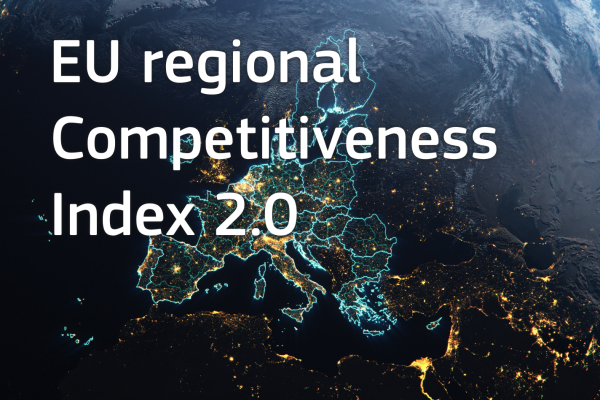
A recent article published in Economic Systems by the JRC and European Commission’s directorate for regional and urban policy suggests that cohesion policy programmes have had a positive and significant economic impact in all countries and regions of the European Union.
As expected, the results show that the impact is particularly high in the poorest regions and main beneficiaries of the policy.
More surprisingly, in the long run, the policy also generates economic benefits for Gross Domestic Product (GDP) and employment in the more developed countries, despite the fact that they are net contributors to the cohesion policy (i.e. they receive less funds than they pay to finance the policy itself).
Spatial spillovers: what benefits one, benefits all
Spatial spillovers account for a substantial share of the total impact of the policy. This means that programmes implemented in the main beneficiaries also generate positive economic effects elsewhere.
Around 15% of the cohesion policy impact on the European GDP stems from international spillovers that benefit all Member States’ economies.
Spillovers are particularly important for the main contributors to the policy, as more than 45% of the impact in the countries not eligible for the cohesion fund come from countries benefiting from it.
Nonetheless, the positive impact in the net contributors is not large enough to offset the capacity of cohesion policy to reduce disparities among regions.
A macroeconomic analysis for 2007-2013
To reach these conclusions, the researchers examined the macroeconomic impact of cohesion policy investments in the European Union for the period 2007-2013.
First, a detailed overview of the European budget is presented to illustrate the different ways in which income is redistributed across the territories of the European Union.
Then, the article contains an analysis of the macroeconomic impact of the policy using the RHOMOLO spatial general equilibrium model.
Background: The cohesion policy
The EU cohesion policy is a key investment instrument of the EU. It aims at reducing economic disparities among EU countries and regions. It accounts for almost one third of the EU budget.
Most of the funding concentrates on less developed countries and regions in order to help them to catch up and to reduce the economic, social and territorial disparities that still exist within the EU.
Sources
Details
- Publication date
- 9 October 2023
- Author
- Joint Research Centre
- JRC portfolios




